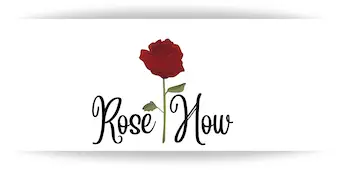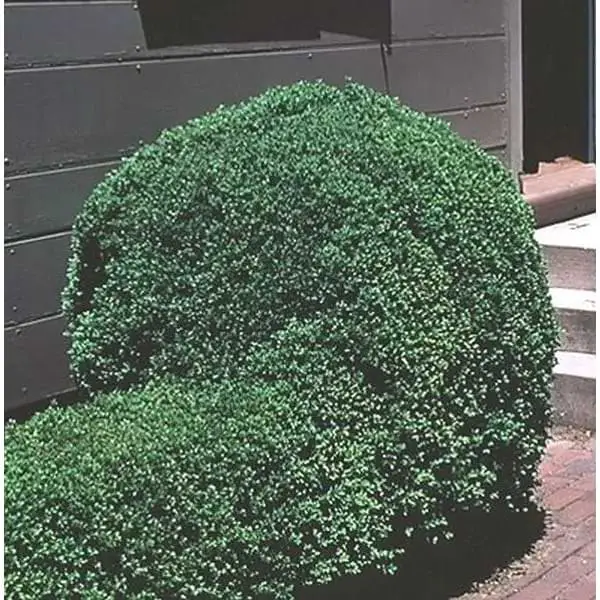Roses and boxwoods together as a companion pairing bring the standard green-red color to the garden throughout the year and share some similarities like growing zones, soil type, height, and spread.
So if you’re considering this combination of companion plants, then I’m going through how roses and boxwoods together can complement each other, and your rose bed!
Here’s a summary to start us off…
Boxwoods create a great backdrop, or border surrounds for roses in a more formal setting. Boxwoods are easy to manage and trim, with wide growing zones and similar sun and soil needs, Use small boxwoods for border edging or complementary containers. And tall boxwoods to create a green canvas.
I’ve also added this handy quick reference table for a quick summary too.
| Roses | Boxwoods | |
|---|---|---|
| Growing zones | Ideally 7 – 10 | Varieties suit 3 – 10 |
| Color | Red, Pink, White, Yellow, Orange, Purple, Blue, and other color variants | Medium to deep Green |
| Height and width | Dependant on the variety. Generally 2 – 5 feet | 1 – 6 feet in length, 2 – 3 feet spread. Some mature varieties grow to 20’ |
| Blooming period | Early spring to mid and late summer | All year-round foliage |
| Soil | Loamy, well-drained | Loamy, well-drained |
| pH Value | 6.5 – 7.0 | 6.5 – 7.0 |
| Sun Needs | 6 or more hours of sun per day | Full sun, to partial shade |
| Water Needs | 1 – 2 inches, every 3 – 4 days | Periodic watering in hot weather |
| Pollination and Pests | Minimal pollinators. May attract aphids | Foliage is a haven for all insects and spiders |
That’s the short response, but let’s look a little more in detail to see what you need to keep in mind.
Roses and Boxwoods
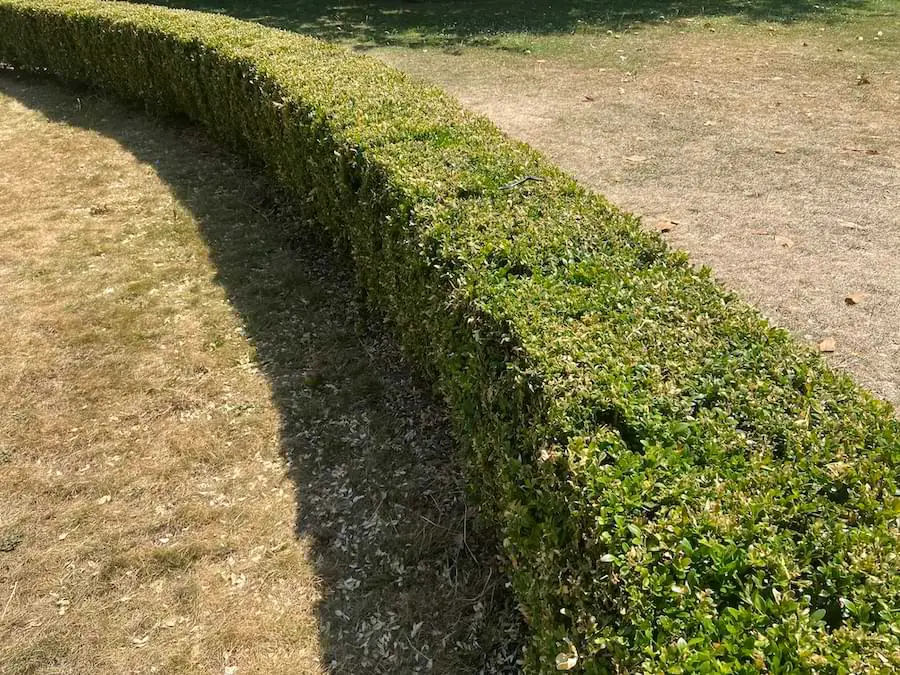
Boxwoods provide roses with a backdrop that they can display against, helping them to stand out rather than fight a crowd of color.
They also provide structure around a more formal rose garden, if that’s the look you’re going for. Let’s dive a little deeper.
Plant types and colors
Boxwoods are evergreen shrubs that look constantly aesthetic all year round.
They produce little flower buds in February and March, but it is their leaf part that is used for floral embellishment.
Combined with roses, they produce excellent tint combos.
And here’s some clarification regarding roses being evergreen.
Roses, of course, come in a variety of colors, and all of them look gracious against the blank canvas of the lush green shrubs of boxwoods.
However, both roses and boxwoods should be pruned at the end of winter every year to clear out any and all dead twigs and branches.
Water requirements
Boxwoods do not require a lot of water. And as a rule-of-thumb watering it twice a week in the first year would be sufficient to maintain the plant’s natural lush green appearance.
In the second season, you need only water them once a week. And finally, after that, you only need to water them in extremely hot and dry conditions.
Roses, on the other hand, need a lot of water every 3-4 days, and potentially more so in hot weather.
So, there is no need to water boxwoods every time you water your roses. Excessive watering in boxwoods turns the green leaves yellow.
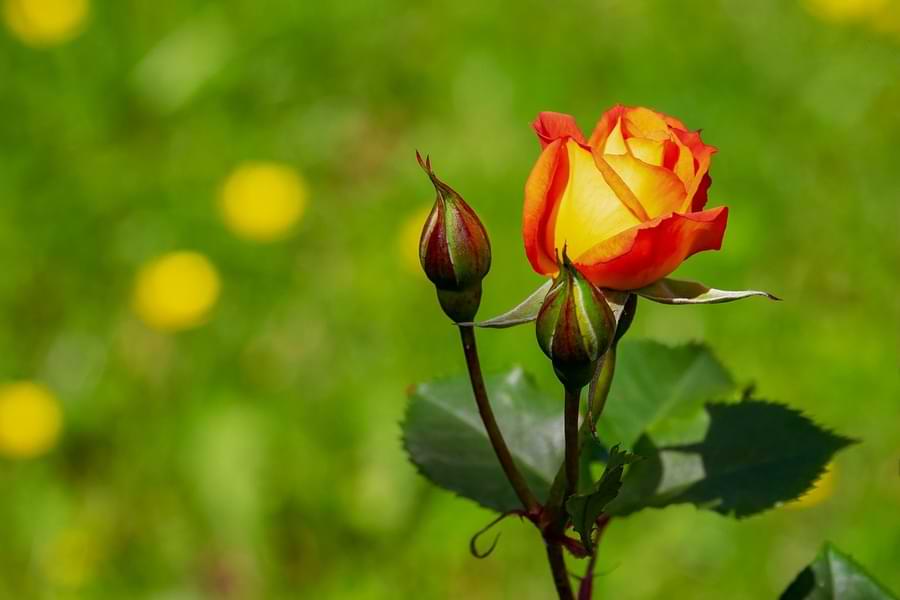
Soil type
Boxwoods are rugged shrubs and are flexible in their soil requirements. They can adjust to almost all types of soil. However, loam is the best option for them.
But, when paired with any other plant, it’s ideal to have well-drained soil for them so that if the companion plant like a rose needs a large intake of water, the soil bed does not pool. Because the standing water can cause root rot.
Fortunately, roses also like loam soil, which is well drained, so there should be no issues adding these into the same soil bed.
PH Levels
Ideally, boxwoods prefer a pH value of 6.5 and 7.0. If pH values go below 5.8 then this could cause issues. Fertilize if needed in late fall to early spring.
Rose pH levels are ideally around 6.5 – 7.0. So roses and boxwoods like the same kind of soil pH levels. No issues here then.
Shade
For shade and sun, boxwoods need full sun to partial shade in some areas.
Whereas roses prefer full sun for over 6 hours a day. Therefore, if you wish to plant roses in partial shade, go for a species that can survive partial shade.
When the sunlight falls on the leaf surface of boxwoods, special oil is produced which provides a refreshing fragrance.
When this fragrance combines with the rose scents, the sweet-smelling aroma glorifies the ambience.

Growing zones
Boxwoods shrubs comprise almost 70 species and most of them are grown in warmer environments.
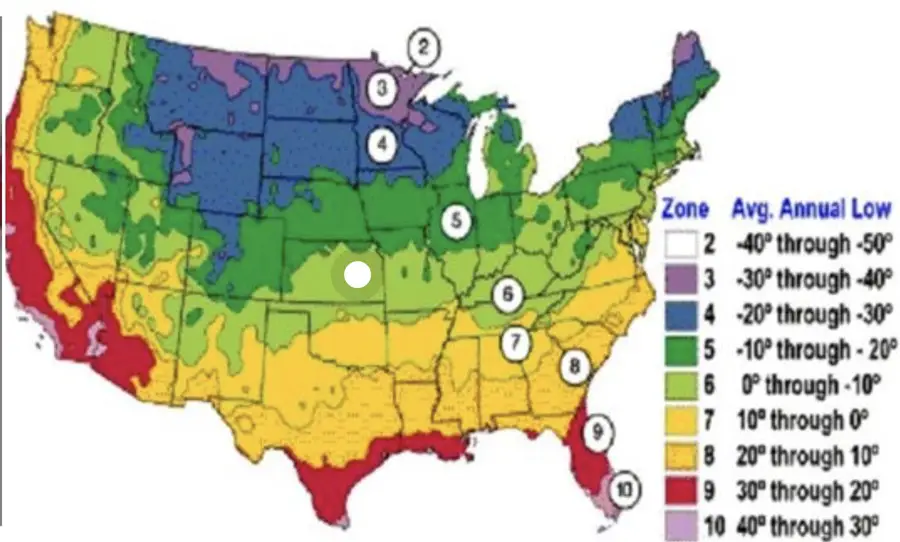
Thus are mostly found in USDA hardiness zones 5 to 9. That’s why a large number of these ornamental shrubs can be paired with roses in zone 7, 8, and 9.
However, the latest cloned species can survive frost and may be paired with upper hardiness roses of zone 2 or above, like the white rugosa rose, which is hardy from zones 2 – 7.
On the other hand, the emerald jewel boxwood and other close species can grow in zone 10.
Height and width
Boxwoods being ornamental shrubs can grow 1 to 6 feet in height, which can either match the rose height or span perfectly behind it.
However, some boxwoods can grow over 20 feet once they mature, but these are planted separately as large bushes or they may be used to cover garden walls.
The species that are mostly paired with roses stay below 6 feet which is the ideal height for a rose. Thus maintains a good ornamental accompaniment.
Besides height, the boxwoods also need 2 to 3 feet spacing for proper spread. Some varieties of boxwoods are used as hedges for garden fencing.
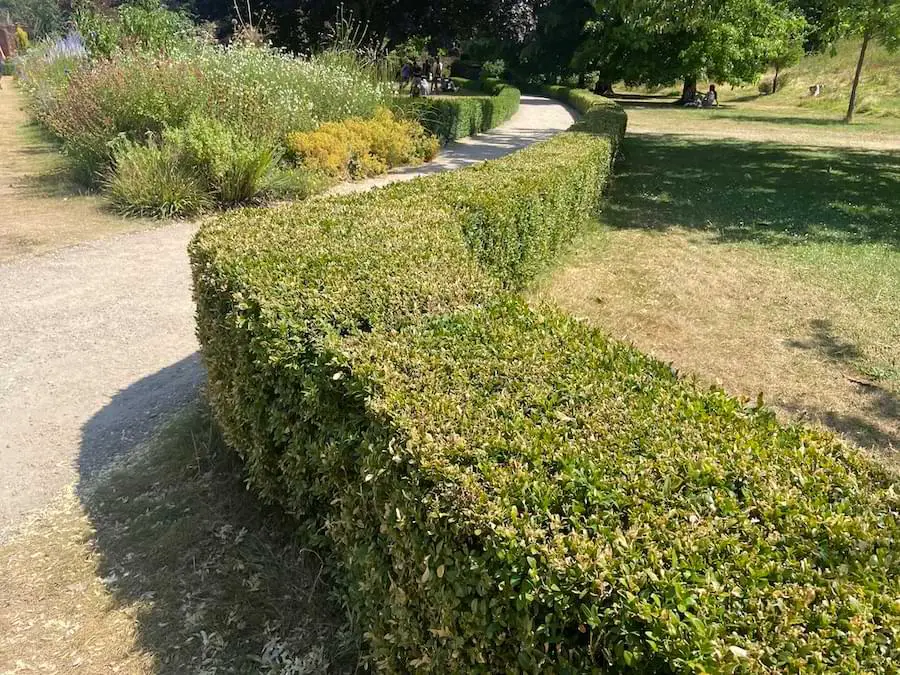
Boxwoods and roses companion options
If you’re looking for the ideal boxwood to grow with roses then I’ve got a few suggestions for you below., along with links to where you can get them.
Emerald Jewel Boxwood
Buxus microphylla var. koreana ‘Emerald Jewel’
For a neat and compact hedgerow bush, you can trim in shape then the Emerald Jewel Boxwood is a great choice. With a wide growing zone range of 5 – 10 and a mature height of only 2 – 3 feet, it’s an ideal backdrop or border for your rose garden.
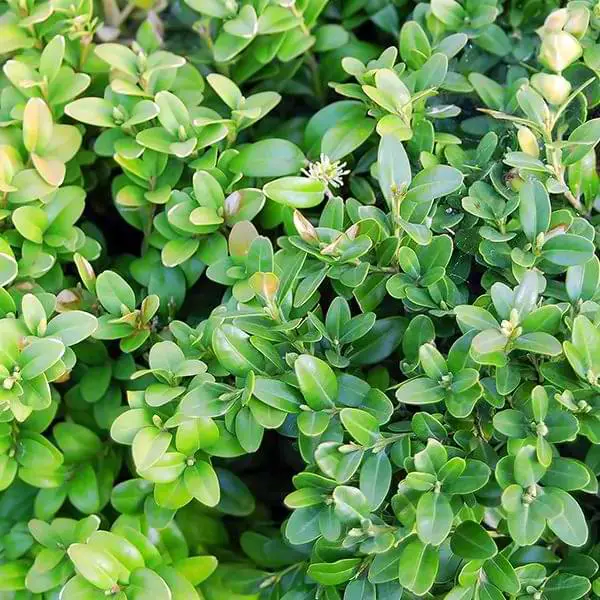
Calgary Boxwood
Buxus sempervirens ‘Calgary’
The Emerald boxwood is reasonably hardy too, but if you’re in colder growing zones you might want to opt for the Calgary Boxwood. It’s good for zones 3 – 9 and again matures at 2 – 3 feet tall, so it’s very versatile.
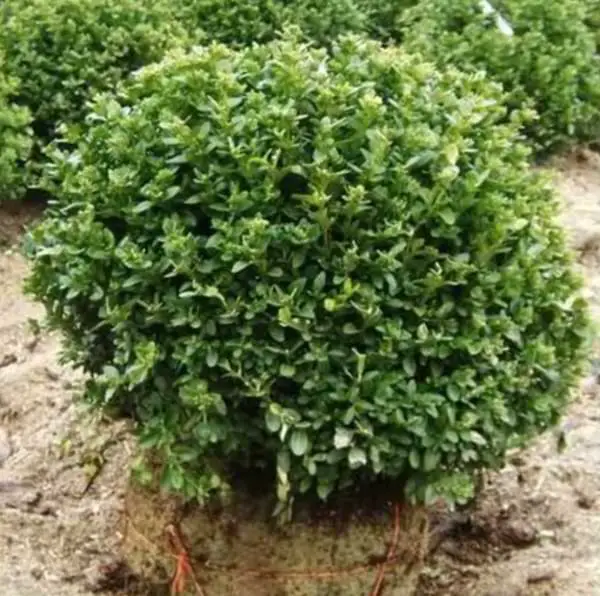
Green Velvet Boxwood
Buxus x ‘Green Velvet’
An ideal container boxwood for those growing container-based gardens and patios is the Green Velvet Boxwood. It can be easily pruned into small shapes, such as wonderful spheres around your mini rose containers.
Roses and Boxwoods ~ More roses help! 🌹
So there we have it, I hope this has helped you to decide if boxwoods and roses would go well in your setting and provide the kind of look and canvas you’re looking for.
Even smaller container boxwoods and container mini roses can look good when standing side by side on a patio or porch. Or if you don’t perhaps have the width to create thicker hedges in your garden.
Happy rose growing!

Hi, I’m Michael. My passion for roses was sparked a few years ago after visiting a dedicated community rose garden. So Rosehow.com represents my take, my learnings, and my help for anyone looking to grow, be proud of, and harvest roses.
